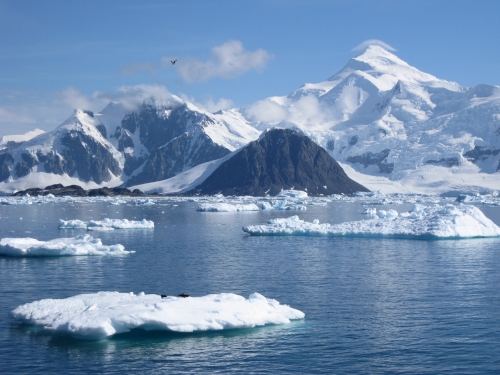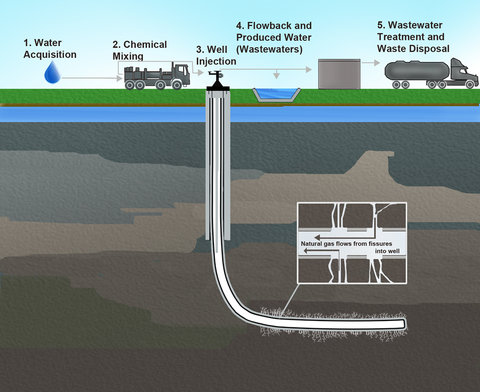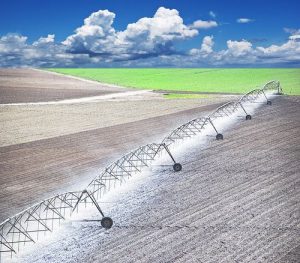Temperatures in West Antarctica are have increased by 4.3°F over the past 50 years or so, according to a new paper released Sunday in Nature Geoscience. That increase is far more than scientists have thought, and nearly as much as the 5°F rise on the nearby Antarctic Peninsula, the fastest-warming region on Earth.
It’s a cause for serious concern, say the study’s authors: West Antarctica holds enough fresh water to raise sea level by 11 feet if all the ice melted, and even a fraction of that amount could prove catastrophic to coastal areas where hundreds of millions of people live.

Credit: University of Washington
In fact, the 8 inches or so of sea level rise the world has experienced since 1900 is already enough to have boosted the power of storm surges, put pressure on infrastructure in places like South Florida and exposed millions of Americans to the danger of coastal flooding. The 3 feet of additional rise expected by 2100 will make all of these problems vastly worse.
West Antarctica currently adds just a tenth of the current .18 inches of annual sea level rise scientists have measured. But, “if this trend continues, its contribution to sea level rise, could become significant. Not today or tomorrow, but a few decades in the future,” said lead author David Bromwich, of Ohio State University, in an interview. Read more






